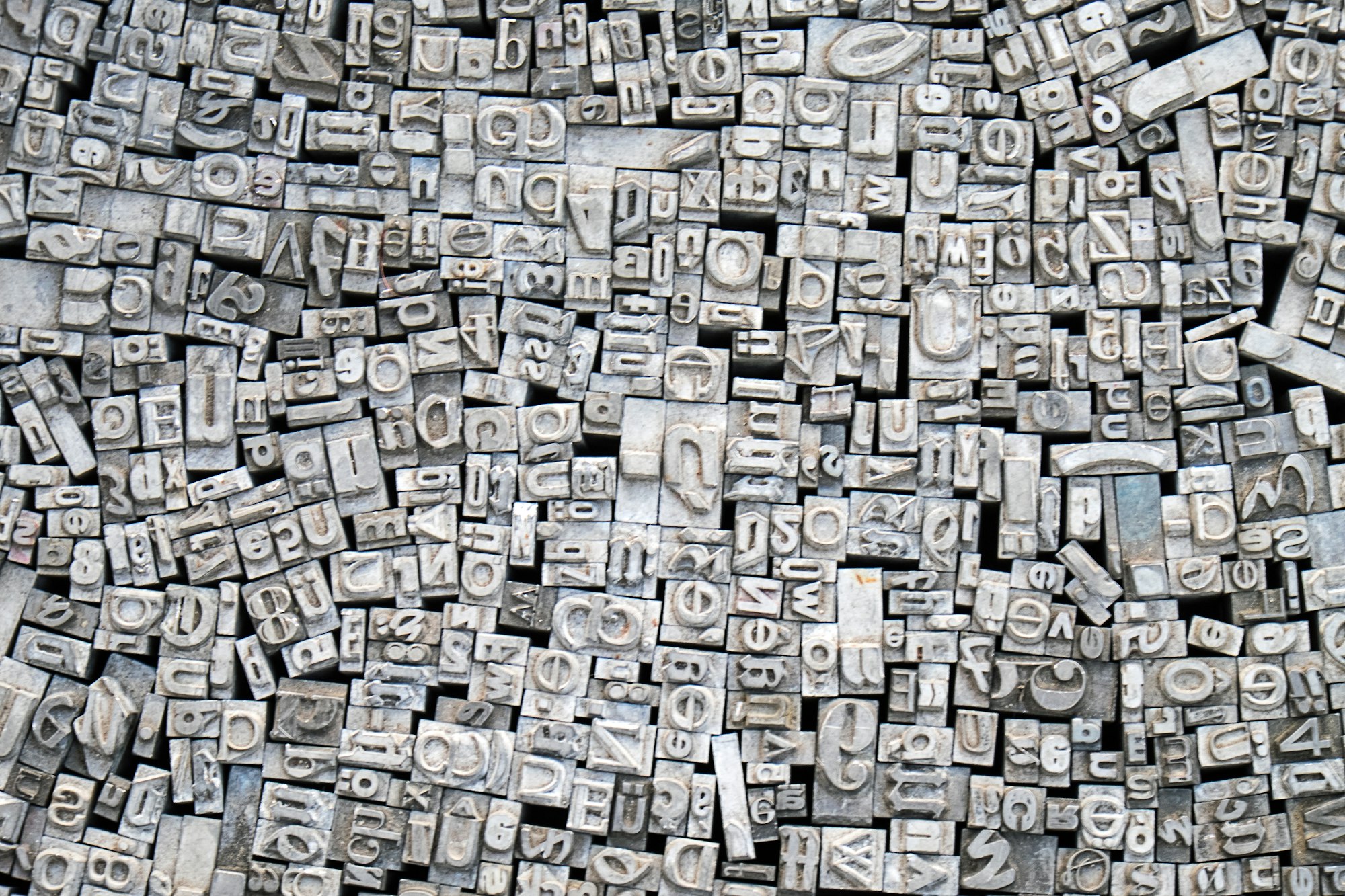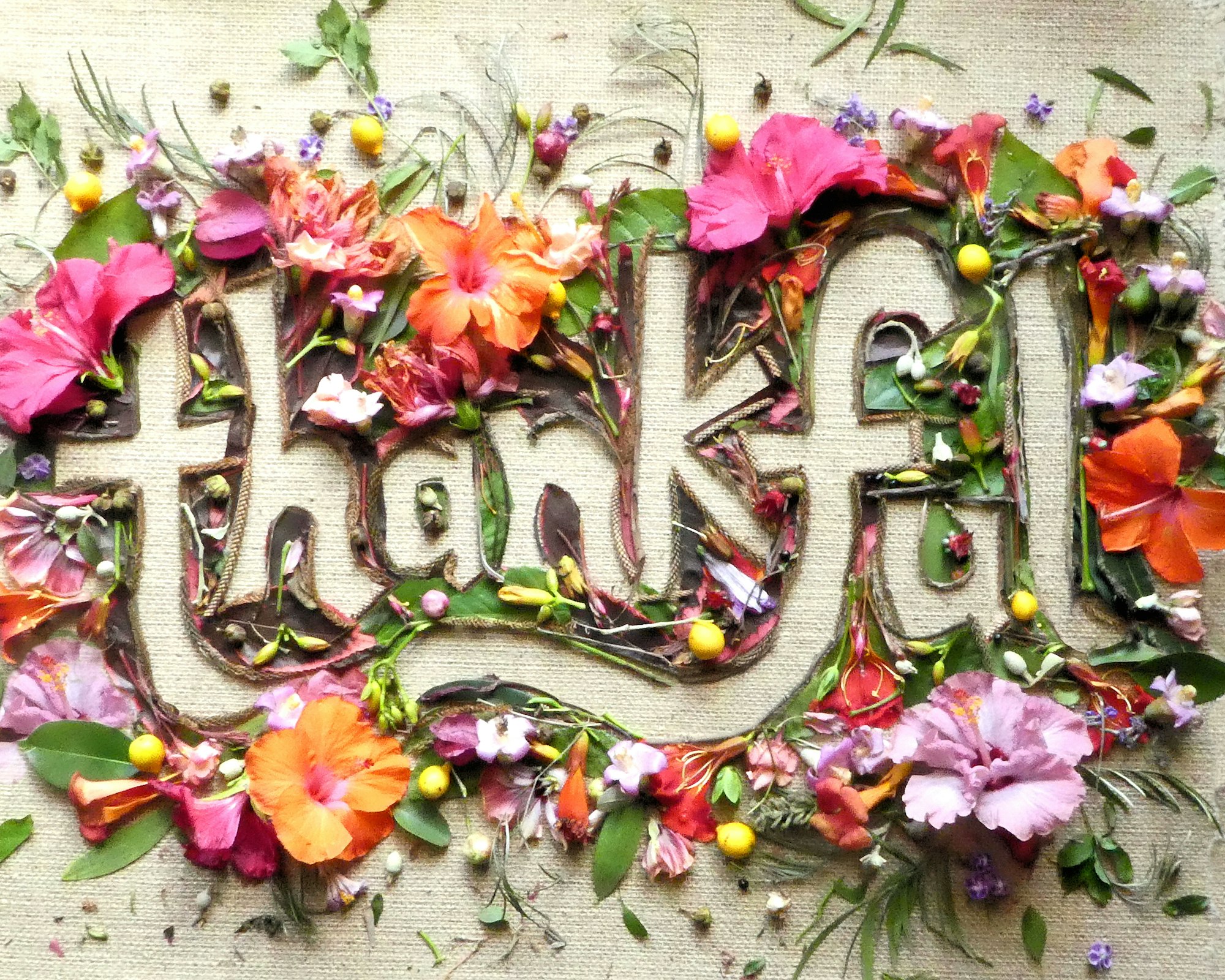Mastering Typography: A Comprehensive Guide to Finding and Using Fonts in PowerPoint
Table of Contents
Hello to “Mastering Typography” it’s a detailed guide for finding and using font styles in PowerPoint. Typography is really important in design and can affect how good your presentation be. A good choice of fonts makes the content look better helps share the feeling and atmosphere you want, and make it easier to read.
In this guide we covers all stuffs you needs to learn about the typography in PowerPoint it starts from simple thing like kind of fonts and stylizes to expert methods for making a presentations that look both together and super good on eyes. We also gives advice for how you can match fonts good and use them fonts for making your designs better.
If you is an experienced designer or just starting with PowerPoint this guide is gonna assist in boosting your typography abilities for making your presentations look slick and professional so they really holds the attention of people watching. So we get into it and explore how typography in PowerPoint can be powerful.
Basic Typography: Understanding Font Types and Styles

Understanding different fonts types and styles is at the heart of typography. Here we talks about three main kind of font categories which includes serif sans-serif and decorative along with their subcategories.
Serif Fonts
Serif typefaces is known for its little lines or “feet” that appears at the ends of every letter which makes it look more old-fashioned and serious. They gets used a lot in printed stuffs like books and newspapers cause they’re easy to read. Some well-known serif typefaces includes Times New Roman Georgia and Garamond.
There are four main subcategories of serif fonts:
Old Style Serif fonts they gives a classic and elegance touch with little changes in how thick or thin their lines be and serifs that got angles. Them often sees for the main text on things like books and magazines.
Transitional Serif fonts, they has more noticeable serifs and sharper differences between thick and thin lines. It often get used for headings or titles in print and digital medias.
Modern Serif: The name give away that modern serif fonts is more new-age looking. They usually got thin and straight serifs and works good for showing off texts or logos.
Slab Serif they get recognized by their thick and bold serifs which makes them look strong and impactful appearance. It commonly gets uses in advertisings or brand materials.
Sans-serif Fonts
Sans-serif fonts ain’t got those tiny strokes or “feet” at every letter end, which makes them look cleaner and more up to date. They is liked a lot for digital media cause they be simpler to read on screens. Some familiar sans-serif font includes Arial Helvetica and Calibri.
Them three main subcategory of sans-serif font is:
Grotesque Sans-serif them categories features more geometric and regular looking with strokes widths that’s even and not much changing. It usually used for body texts on digital medias.
Sans-serif fonts that be Humanist they have little changes in how wide their strokes are, this make them feel more human-like. They works good for reading text and also for big titles when you using screens or paper.
Neo-grotesque Sans-serif these type of font be a updated version on old grotesque sans-serifs it have cleaner line and is more same-looking. Them usually use for heading or title in them digital medias.
Decorative Fonts
Fancy letterings, what’s called show fonts is to grab peoples eye and puts a special artsy flair on artwork. These can go from fancy cursive to strong fun types. They work good for big headlines or the name of something but it ought not be used much in main text because they have lots of decorations.
Many likes decorative fonts are Brush Script, Impact and Lobster but it important to remember they not always fit for every presentations so should use them with careful thinking about the whole design look.
Knowing about the various font types and styles yous can now choose fonts wisely and design things that get your point across good. In the next part we’ll talk on how to match fonts so they look nice together and catches the eye. #microlearning
Choosing Pairing Fonts: How To make Designs that works well together
Picking the good font match-up be critical when you make a design that look consistent and nice to see. Here some advice to guide you in pairing fonts effective:
Contrast: When you pairs fonts it are crucial to maintain a strong balance of contrasts. This be done by matching a serif font with sans-serif or decorative font with more plain and clean fonts.
Fonts that goes together: you should look for fonts them match in how they look and the style they have. Like when you put a contemporary serif next to a humanist sans-serif it make an eye-catching and smooth difference.
Hierarchy is when you use different fonts for make a visual order in your design. You should choose an attention-grabbing font for heading and titles while a more plain one for the body text so to help guide reader’s focus.
Limiting Your Choices: They generally recommends using no more than two or three font in a single presentation to not overwhelm the audiences.
When choosing fonts assure they is simple for read and doesn’t conflict with one another. It’s specially crucial that the body text be legible easy.
Follow these advice and you is able to mix fonts good for creating a nice design presentation that grab the audience their focus.
How to Enhance Your Design with Typography

Typography can do more than just make your presentation visually appealing. It can also enhance the overall design and help convey your message effectively. Here are some ways you can use typography to enhance your design:
Hierarchy: As mentioned before, using different fonts for headings and body text can create a visual hierarchy within your design, guiding the audience’s attention to the most important information.
Emphasis: You can use typography to add emphasis and highlight specific words or phrases within your presentation. This can be achieved through font size, weight, or style.
Mood/ Tone: The fonts you choose can also convey a certain mood or tone in your design. For example, using a playful and decorative font can create a fun and light-hearted tone, while a traditional serif font can give off a more formal and serious vibe.
Consistency: By using consistent typography throughout your presentation, you can create a cohesive and polished look that adds to the overall professionalism of your design.
Brand Identity: Typography can also help establish and maintain your brand identity. By using fonts that align with your brand’s style and personality, you can create a consistent visual representation of your brand.
A Guide to Choosing the Right Font
With so many font options available, choosing the right one can be overwhelming. Here are some factors to consider when selecting a font:
Audience: Consider who your audience is and what type of design or presentation you are creating. This will help determine if a more formal or playful font would be most suitable.
Purpose: The purpose of your design can also influence font selection. For example, if you are creating a presentation for a corporate setting, a traditional and clean font would be more appropriate.
Legibility: Make sure the font you choose is easy to read, especially for body text. Avoid using fonts with intricate or decorative elements that may hinder legibility.
Brand Alignment: If you are creating a design for a specific brand, make sure the font aligns with their style and values.
Aesthetics: Ultimately, your font choice should be visually appealing and complement the overall design aesthetic.
By considering these factors, you can select the right font for your design that effectively conveys your message and captures your audience’s attention.
Can one font do it all?
Basically not. Although some font might be flexible and good for different design purposes its always better to use a mix of fonts to make a visual attractive and successful presentation. Every font type got their strong points and limits so using several fonts can help improve your design and send your message better.
Keep in your mind, too much fonts can makes a clutter and not look professional. Sticks to two or three font that complements each others and keeps consistency through out you’re design.
Additionally keeps in mind the choosing of fonts is only a part of designing. Other stuff like colors arrangement and images is also really important for making a presentations that hits hard. When you uses fonts right and thinks about every parts of design it makes your presentation look amazing and work great #designfundamentals #typechoices #fontcombos
Do I keeps with the old fonts or be trying a new one?
In choosing fonts, lots of designers get stuck between picking old and well-known typefaces or trying out fresh and different ones. There ain’t a correct or incorrect choice here. Both the old and new typesets brings benefits to table and they can be works good in designing stuff.
Traditional font like Times New Roman or Arial they is tested well and them familiarity make people feel reliability and professionalism in your design. These fonts be also wide accessible and easy to read so it a safe choice for presentation what need clear talk.
Experimentation with fresh fonts can bring a twist of creativity and distinctness to you design. Fonts like these possesses different styles or traits that usual fonts might not have, it allows for expressing a certain feeling or ambiance. A new Powerpoint find font they can make your design pop and leave an impactful memory on them audience.
Ultimately, the decision between traditional and new fonts depends on the purpose of your design and your target audience. If you are creating a presentation for a formal setting or an older demographic, traditional fonts may be more appropriate.
However, if your audience is more open to creativity and diversity, using new fonts can help bring a fresh perspective and make your design more memorable.
Does font pairing really make a difference?
In short, yes. Font pairing can take your design to the next level and make a significant difference in how your audience perceives and engages with your presentation. Here are some reasons why font pairing is essential:
Visual Interest: Using multiple fonts that work well together adds visual interest and helps break up long or monotonous blocks of text.
Complementing Styles: Pairing fonts with contrasting styles, such as pairing a sans-serif font with a serif font, can create a balanced and visually appealing design.
Emphasis and Hierarchy: As mentioned earlier, using different fonts for headings and body text can help guide the audience’s attention to important information and create a visual hierarchy within your design.
Brand Identity: Font pairing can also contribute to establishing and reinforcing your brand identity through consistent use of fonts that align with your brand’s style.
When it comes to font pairing, there are a few key principles to keep in mind. First, make sure the fonts you choose have contrasting styles but still complement each other.
Secondly, consider the purpose and mood of your design and select fonts that convey the appropriate tone. Lastly, stick to a maximum of two or three fonts to avoid overwhelming your audience.
Tips for Effective Font Pairing

To help you achieve successful font pairing, here are some tips to keep in mind:
Contrast is Key: As mentioned earlier, choose fonts with contrasting styles to create a visually appealing design.
Use Font Resources: There are many websites and tools available that showcase font pairings and provide recommendations for complementary fonts.
Consider Readability: While contrast is crucial, make sure that both fonts are still easy to read and do not hinder legibility.
Play with Sizes: Experiment with different font sizes for headings and body text to create a hierarchy and guide the audience’s attention.
Test Before Finalizing: Always test your font pairing before finalizing it to ensure it looks good and is easily legible.
Stay Consistent: As with any design element, consistency is key. Stick to the chosen font pairing throughout your entire design for a cohesive and professional look.
Trust Your Instincts: Ultimately, trust your instincts when it comes to font pairing. If something doesn’t look right, try a different combination until you find the perfect match.
By following these tips and considering all elements of design, you can effectively pair fonts and create a visually stunning and impactful presentation that captivates your audience.
FAQs
How do I find and replace fonts in a PowerPoint presentation?
To find and replace fonts in a PowerPoint presentation, you can use the “Replace Fonts” tool built into Microsoft PowerPoint. This feature allows you to quickly switch one font for another across your entire presentation. Simply click on the “Replace Fonts” button found in the “Home” tab.
Can I use the replace fonts tool for both single byte and double byte font?
Yes, the “Replace Fonts” tool in PowerPoint supports both single byte font and double byte fonts. Single byte fonts are typically used for languages with smaller character sets, like English, while double byte fonts are used for languages with larger character sets, such as Chinese or Japanese. When using the replace font dialog box, you can select from either type of font in the drop-down menu to ensure your presentation accommodates the necessary language requirements.
Is there a PowerPoint shortcut to quickly replace all the fonts in my presentation?
While there isn’t a direct keyboard shortcut to immediately open the “Replace Fonts” dialog box, you can quickly access this feature by going to the “Home” tab and locating the “Replace” button within the “Editing” group. From there, selecting “Replace Fonts” will open the dialog box, allowing you to choose the original font and the new font you wish to replace it with. This streamlined process makes it easy to change font throughout your entire presentation without manually updating each text box.
What should I do if the font name I want to replace isn’t listed in the replace fonts drop-down menu?
If the font name you wish to replace does not appear in the drop-down menu of the “replacing fonts” dialog box, ensure that the original font is actually used in your PowerPoint presentation. Sometimes, fonts may not be listed because they are not present in any text box within your slides. Double-check your presentation to confirm the font’s presence. If it’s definitely being used but still not appearing, consider closing and reopening PowerPoint to refresh the font list, or manually font change in specific text boxes where it’s applied.
Conclusion
To sum it up choosing and matching different types of fonts is really important for making a design that looks good and does its job well. Old-style fonts give off an air of being classic and pro while fresh font styles can make your work look original and full of creative flair. It’s super crucial to pair the right fonts together too, this helps with grabbing attention, organizing information so it makes sense, showing off what your brand is all about and setting the right feeling or atmosphere.
When you keeps in mind good advice for matching fonts and thinks about every parts of design, you is able to make a strong and striking presentation that sends your message across to them audience well. Don’t forget trusting your gut feelings and plays around with various mixes till you lands on the one what’s just right for the project.
Related Blogs
Get 7+ Mio. PowerPoint Assets - FREE SIGN-UP

Sign up for free to our PowerPoint extension, ExpertSlides. Everything you need, directly in PowerPoint. No credit card required.
Related Posts
